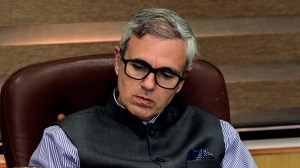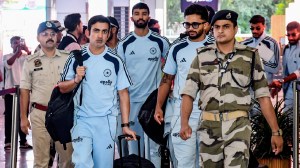The same can be said for Prabhas, who celebrates his birthday today, who wields a comparable influence over audiences and fans. Though this impact does not always directly translate into box-office collections, it consistently aids in generating substantial anticipation surrounding their movies well before release.

Despite emerging as one of the biggest stars in contemporary Indian cinema after the tremendous success of the two Baahubali films, Prabhas has been struggling with all three of his subsequent films — Saaho (2019), Radhe Shyam (2022), and Adipurush (2023) — receiving lacklustre responses, including at the box office. This situation raises questions about whether this is the same Prabhas who helped catapult Baahubali 2: The Conclusion (2017) to the position of the second highest-grossing Indian film globally.
Story continues below this ad
Yet, the anticipation surrounding his upcoming movie Salaar: Part 1 – Ceasefire is skyrocketing. Although the buzz could be partly credited to the involvement of KGF director Prashanth Neel, the director’s reputation alone isn’t sufficient to generate such fervent anticipation, especially since it’s a mass masala film, making the prominence of the lead actor’s name equally, if not more, crucial. This prompts the question: despite three consecutive underwhelming box-office performances, how does Prabhas continue to generate substantial anticipation? To comprehend this, one also needs to understand how he reached this position in the first place.
 Prashanth Neel’s highly-anticipated Prabhas-starrer Salaar Part 1 – Ceasefire will hit screens on December 22. (Image: Prabhas/Facebook)
Prashanth Neel’s highly-anticipated Prabhas-starrer Salaar Part 1 – Ceasefire will hit screens on December 22. (Image: Prabhas/Facebook)
The beginning
The son of film producer Uppalapati Surya Narayana Raju and Siva Kumari, as well as the nephew of renowned actor Krishnam Raju, Uppalapati Venkata Suryanarayana Prabhas Raju made his debut in the film industry by playing the lead role in Jayanth C Paranjee’s action drama Eeswar (2002). However, Prabhas’ performance as Eeswar, a typical Telugu hypermasculine character, was nothing short of abysmal, leaving many questioning how he secured the role sans any potential.
But Prabhas gained recognition in his subsequent film, the actioner Raghavendra, thanks to its pandering to Hindu audiences by depicting the central character as the reincarnation of Sri Raghavendra Swami, along with an abundance of action sequences. Prabhas’s tall and muscular build which helped him ace action sequences, combined with his appealing facial charm, captured the hearts of viewers. Nevertheless, even Raghavendra didn’t showcase his capability to succeed as an actor.
 Uppalapati Venkata Suryanarayana Prabhas Raju made his debut in the film industry by playing the lead role in Jayanth C Paranjee’s action drama Eeswar. (Image: Prabhas/Facebook)
Uppalapati Venkata Suryanarayana Prabhas Raju made his debut in the film industry by playing the lead role in Jayanth C Paranjee’s action drama Eeswar. (Image: Prabhas/Facebook)
However, Sobhan’s Varsham (2004) presented a more refined Prabhas, demonstrating improved acting skills and a commendable performance in dance sequences, a departure from his earlier films. A romantic action film, Varsham achieved tremendous success, partly because of the outstanding songs by Devi Sri Prasad, which significantly boosted Prabhas’ career.
Story continues below this ad
But Prabhas failed to replicate the earlier success in his next two films, Adavi Ramudu (2004) and Chakram (2005), and both flopped at the box office. Chakram also revealed that Prabhas struggled to handle roles requiring a comedic touch, and his performance in such scenes was excruciating to watch.
The angry young man
SS Rajamouli’s Chatrapathi (2005) became a turning point in Prabhas’ career, showcasing his prowess in portraying ‘angry young man’ characters. Depicted as the embodiment of the Maratha ruler Chhatrapati Shivaji, the movie displayed Prabhas at his swagger best, featuring several action sequences that highlighted his robust physique. The film’s portrayal of a deep and meaningful mother-son relationship was also instrumental in its significant success.
Moreover, given the relatively lower number of movies by senior stars such as Chiranjeevi, Nagarjuna, Venkatesh Daggubati, Ravi Teja and Pawan Kalyan during this period and the underperformance of their projects in contrast to expectations, it created an opportunity for emerging young talents to make their mark. Prabhas also emerged among these youths, making a notable impression in the industry, largely attributed to his work in this Rajamouli movie.
In the subsequent year, Prabhas teamed up with producer MS Raju once more, following their successful collaboration on Varsham, to work on the action musical Pournami. In contrast to his less impressive performance in comedic scenes in Chakram, Prabhas showcased improvement in similar sequences in Pournami. Leveraging all the aspects that had endeared Prabhas to audiences, Pournami showcased a respectable performance by him. His on-screen chemistry with Trisha Krishnan, which had worked in Varsham, also proved beneficial here, and thus, Pournami solidified his position as an actor and not merely a performer.
Story continues below this ad
During 2007 and 2008, he was predominantly involved in action movies such as Yogi, Munna, and Bujjigadu, contributing to his image as the quintessential ‘angry young man’, but without bringing any innovative elements to his repertoire.
Billa
In 2009, Prabhas altered his trajectory by teaming up with Meher Ramesh to lead the gangster thriller Billa, a remake of Chandra Barot’s all-time Bollywood classic Don (1978), penned by Salim–Javed, starring Amitabh Bachchan in the lead role. This served as the second Telugu remake of Don following the NT Rama Rao-starrer Yugandhar (1979). After Farhan Akhtar and Shah Rukh Khan rebooted the iconic film in 2006, the 1980 Rajinikanth film Billa, which was based on the OG Don, was also remade in Tamil in 2007. Following this, NTR Jr, the grandson of Rama Rao, reportedly batted for the Telugu Billa remake and approached Meher with the proposal. Although Meher liked the concept, he apparently advised NTR Jr that the role wouldn’t suit him at that point in his career, and began considering other actors. Eventually, Prabhas was chosen for the role. The film proved to be a turning point for Prabhas, fulfilling his aspiration for a project that would elevate him to stardom, which it indeed did.
The impact of Billa on his career was profound, leading to his introduction as the ‘Young Rebel Star’ in the title card of his subsequent film Ek Niranjan (2009).
 Prabhas as Raghava in Om Raut’s Adipurush. (Image: Prabhas/Facebook)
Prabhas as Raghava in Om Raut’s Adipurush. (Image: Prabhas/Facebook)
Without venturing into new territories, Prabhas continued to embrace familiar role patterns in movies such as Darling (2010) and Mr Perfect (2011) too, enabling him to retain his established image and fandom. With most of his peers predominantly excelling only in action roles and struggling to make an impact in romantic scenes, Prabhas, much like Allu Arjun, gained an advantage with his charm. As his stardom reached its pinnacle, the scale of his films also increased, and given that the fate of a Telugu film during this period relied more or less on such factors, Prabhas began to receive greater recognition.
Story continues below this ad
Though his subsequent Raghava Lawrence film Rebel bombed at the box office, despite significant anticipation, a grand scale, and adherence to the typical mass masala formula, Prabhas reclaimed his position with Koratala Siva’s Mirchi (2013). Moreover, his on-screen chemistry with Anushka Shetty and his larger-than-life portrayal also received significant praise, ultimately paving the way for him to secure the lead role in the Baahubali franchise.
 Prabhas in SS Rajamouli’s Baahubali. (Image: Prabhas/Facebook)
Prabhas in SS Rajamouli’s Baahubali. (Image: Prabhas/Facebook)
Baahubali
Despite everything, the adoration and recognition that SS Rajamouli’s epic saga brought him remains unwavering. The portrayal of both Amarendra and Mahendra Baahubali deeply resonated with people who wished to believe in the existence of such kings or found their traits reminiscent of historical figures, particularly the revered Jain figure Bahubali.
The way they were depicted, demonstrating emotions and strategies akin to regular people, also contributed to making the characters unforgettable. Moreover, the incorporation of elements from various Hindu gods into the characters also worked in Prabhas’ favour, solidifying his position as the face of the franchise.
 Prabhas with director SS Rajamouli and co-star Rana Daggubati on the sets of Baahubali. (Image: Prabhas/Facebook)
Prabhas with director SS Rajamouli and co-star Rana Daggubati on the sets of Baahubali. (Image: Prabhas/Facebook)
While his performances may not be considered exceptional, Rajamouli’s expertise in creating characters that undoubtedly evoke a rush of excitement for viewers and linger in their hearts long after the movies have ended significantly contributed to making Prabhas the force he is today.
Story continues below this ad
This factor has indeed helped him weather the storm of three consecutive setbacks following Baahubali and also the widespread criticism of his performance in Adipurush. As he prepares for Salaar, expectations remain remarkably high, and it remains to be seen how effectively he can fulfil these anticipations this time.




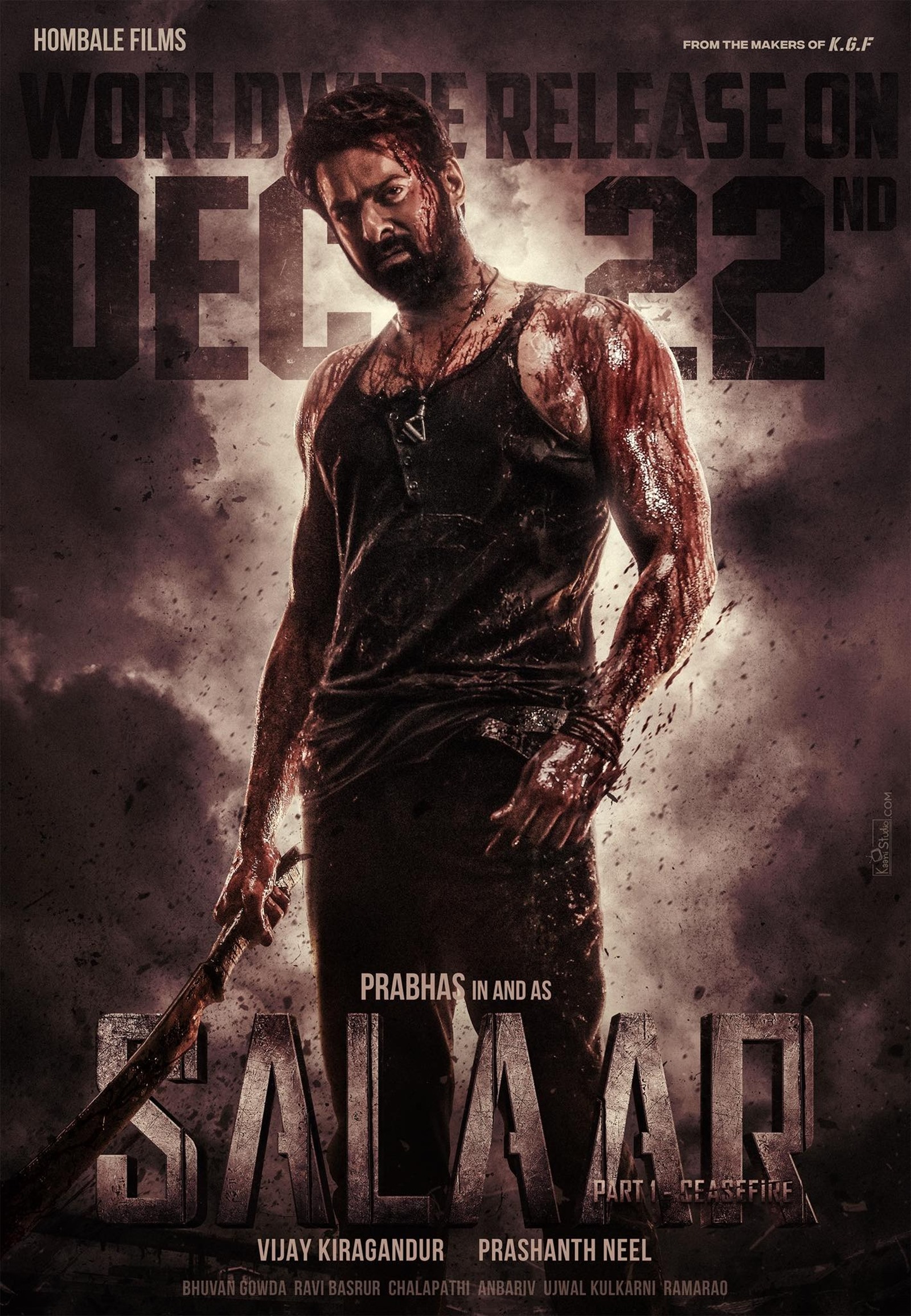 Prashanth Neel’s highly-anticipated Prabhas-starrer Salaar Part 1 – Ceasefire will hit screens on December 22. (Image: Prabhas/Facebook)
Prashanth Neel’s highly-anticipated Prabhas-starrer Salaar Part 1 – Ceasefire will hit screens on December 22. (Image: Prabhas/Facebook) Uppalapati Venkata Suryanarayana Prabhas Raju made his debut in the film industry by playing the lead role in Jayanth C Paranjee’s action drama Eeswar. (Image: Prabhas/Facebook)
Uppalapati Venkata Suryanarayana Prabhas Raju made his debut in the film industry by playing the lead role in Jayanth C Paranjee’s action drama Eeswar. (Image: Prabhas/Facebook)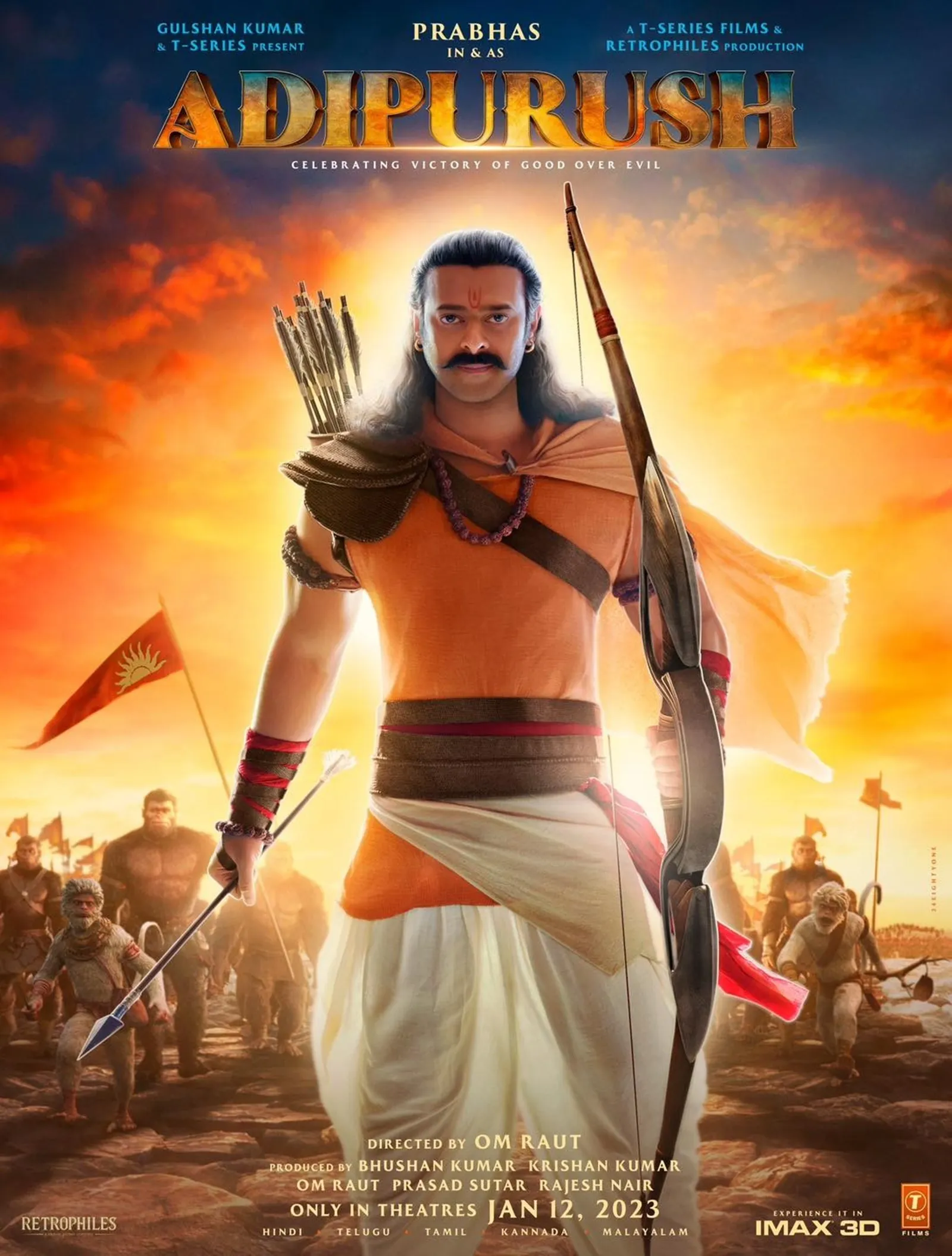 Prabhas as Raghava in Om Raut’s Adipurush. (Image: Prabhas/Facebook)
Prabhas as Raghava in Om Raut’s Adipurush. (Image: Prabhas/Facebook)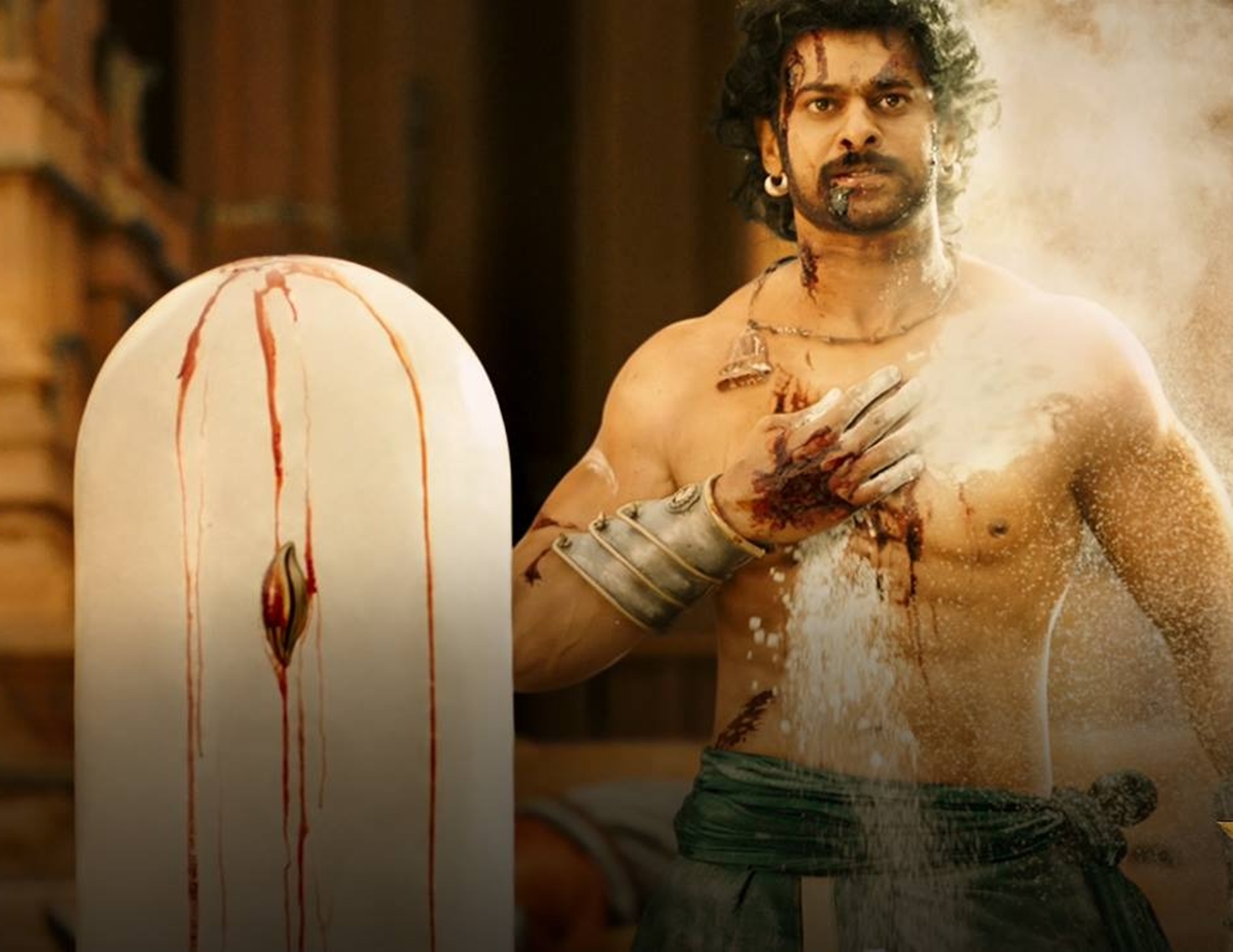 Prabhas in SS Rajamouli’s Baahubali. (Image: Prabhas/Facebook)
Prabhas in SS Rajamouli’s Baahubali. (Image: Prabhas/Facebook)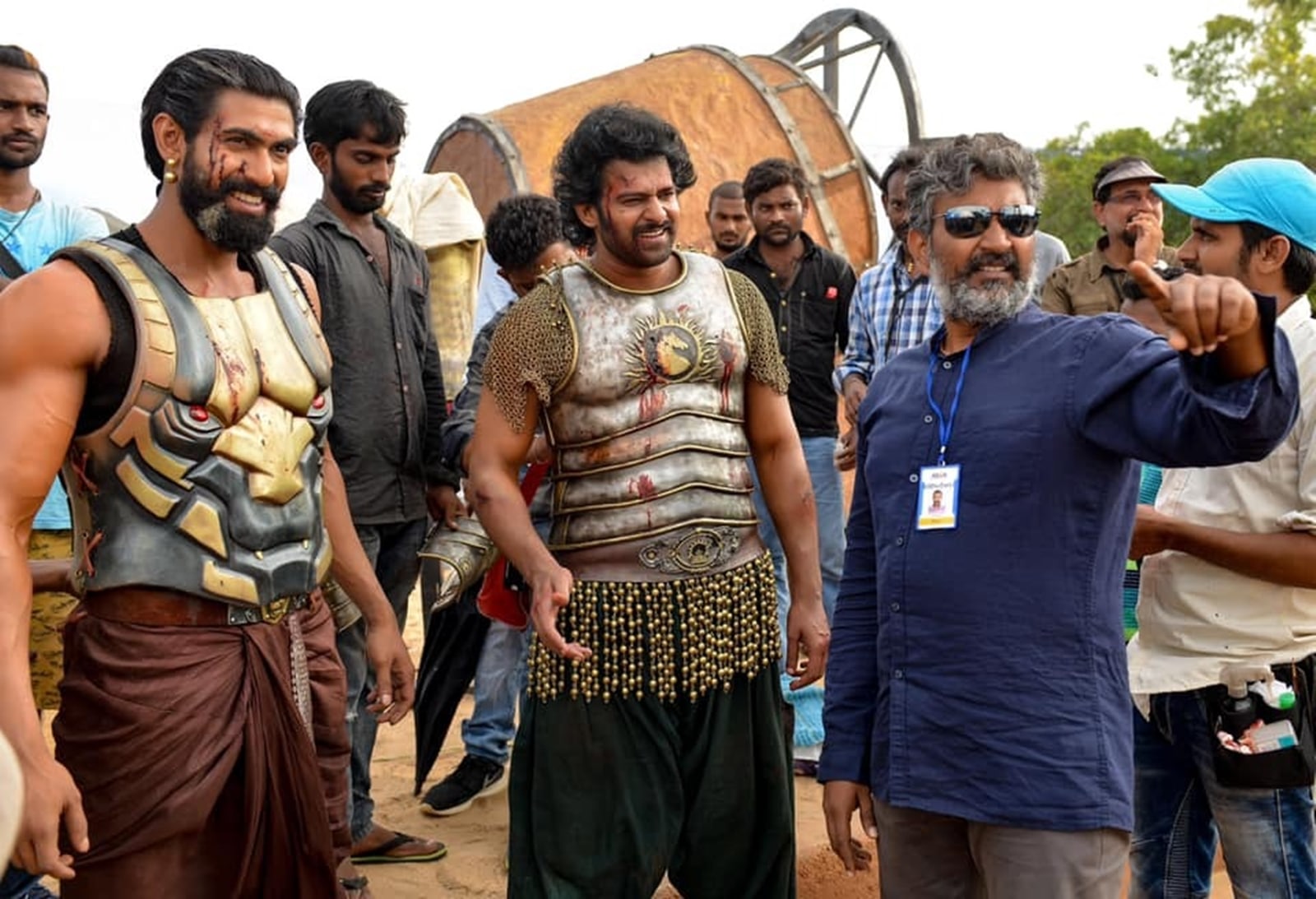 Prabhas with director SS Rajamouli and co-star Rana Daggubati on the sets of Baahubali. (Image: Prabhas/Facebook)
Prabhas with director SS Rajamouli and co-star Rana Daggubati on the sets of Baahubali. (Image: Prabhas/Facebook)














